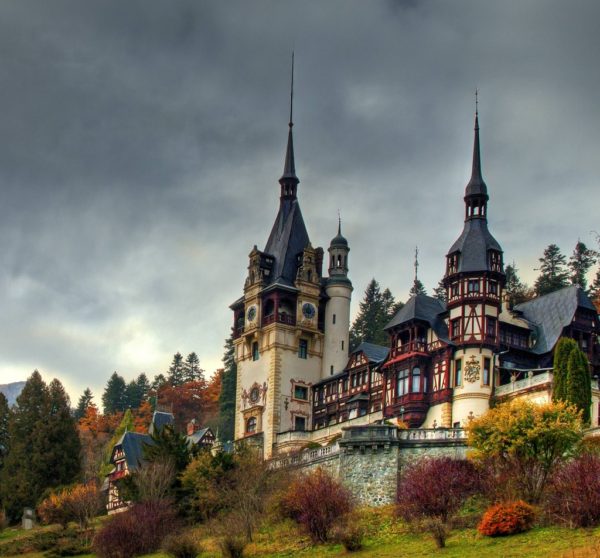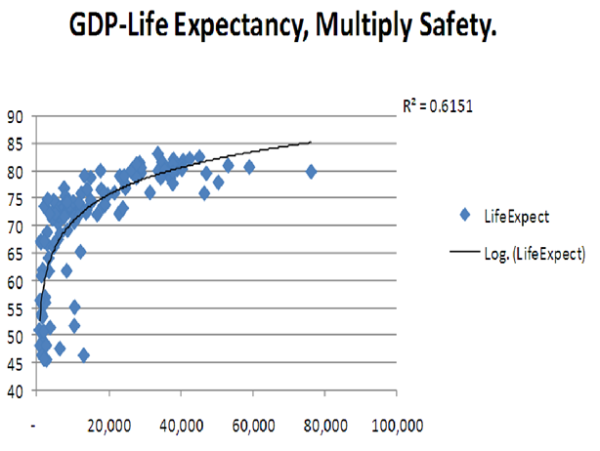Is Balance A Civilizational Risk?
Risk applies to every person and organization, but few think of society or even civilizations as having risks. Most recognize that civilizations and societies are cyclic and identify heroes and villains by their participation in positive or negative cycles.
Despite an entire risk industry, where risks are analyzed in minute detail, nobody appears to look at risk to a civilization. Many books describe societal and civilizational history, even with a few lessons learnt thrown in, but despite that, the same mistakes are made indicating that we seem incapable to get away from ourselves.
No single factor encompasses the risk faced by a civilization. Things like money appear to be a sword in the side of man, but the sword itself comes from money and therefore is not the cause of the risk. Diversity appears to debilitate human performance despite its creative appeal, but it is on the level of symptom, such as the risk of improper food preparation where some may perish from food poisoning, but the organization itself continues on.
The sword is a single identifiable item making risk determination easy. Understanding the risk inherent in diversity proves more complicated because it affects both individuals and organizations, and does so indirectly, which means that there is no single point of impact like a sword-strike that we can point to and say, “Aha! Witness the risk!”
For that reason, we are looking for a type of risk that serves as a gateway (cause) to many other risks (symptom/effect). For example, “openness†was described as a strong feature in Roman Social Organization. When we move away from measuring performance only, we see the organizational risk of “openness†in its social context is intuitive and fits within the past literature on risk.
Openness is hard to diagnose because gregarious animals like humans are by nature social, which means that people seeing societies in decay do not recognize their over-socialization to be abnormal and will instead rationalize it as positive. Problem solvers always blame some technical aspect of life because that idea may actually be partially true, and it is easier than diagnosing broad human behaviors that become pathological to the group, even though those are the cause of most civilization decline.
Even so, openness is still not the single collective social organizational risk descriptor I am looking for.
Then my Mother’s advice returned to me: “Always be careful of the word too.”
Mothers are famous for keeping things in balance. They want you to stand up for yourself, but not take it too far; they want you to not eat too little, but not to over-eat either. Applied to civilizations, the concept of balance is mathematically easy to describe and is generally portrayed as a type of cycle, swinging between extremes. For example economists and investors absolutely love to draw graphs of bull and bear cycles. This includes the ability to detect when something is overvalued or undervalued.
By doing so, they confuse the cyclical nature of civilization with the cycles of the markets, when in fact the civilization cycle measures the social order they find so hard to quantitatively measure. When we view market cycles as the risk to our civilization, and forget about social order, our only concern becomes balance to those market cycles, ensuring that we do not let the markets rise too high or fall too low.
For example, South African GDP/capita is about $8000 while its potential is $40000. The risk of balance will dictate that dropping that metric further — if the dollar is still to be used in future — will mean that the GDP/capita is “too†low, throwing the organization known as South African society out of balance. Similarly, if the same metric would grow to $48000, it will become “too†high. The balance therefore may be $24000 if 100% is taken as $48000; this provides a sense of balanced risk, but misses the actual risk, which is the social order instability that causes fluctuation in value.
Much as we can find an “economic balance†it is also possible to establish a “social/civilizational organization†balance, or in other words, a social order which is geared toward renewal cycles and not decay cycles. Once people focus on social balance, the priority given to economic balance will become a distant feature of life, because once social order risk is properly managed, the resulting stability means that the economy just happens.
The correlation between life expectancy and GDP is 0.61. We know that GDP is important, but it is not the cause of itself. For this reason, there is a correlation between life expectancy and social order — given the presence of enough technology to fight off diseases and invading Mongols — which goes unnoticed because people do not study civilization risk. That can change.
We know that because the same symptoms afflict us time and again but go unattended that a redesign of our concept of risk management is necessary such that it expands to include social order and civilization cycles in its analysis. The first step to this may be trying to avoid an approach of balanced extreme, and instead looking toward establishing order, clarity, purpose and meaning to social order.
Tags: balance, risk, risk management, social order











